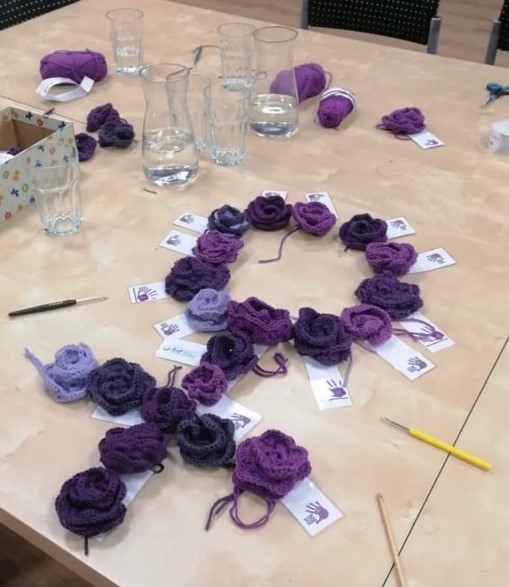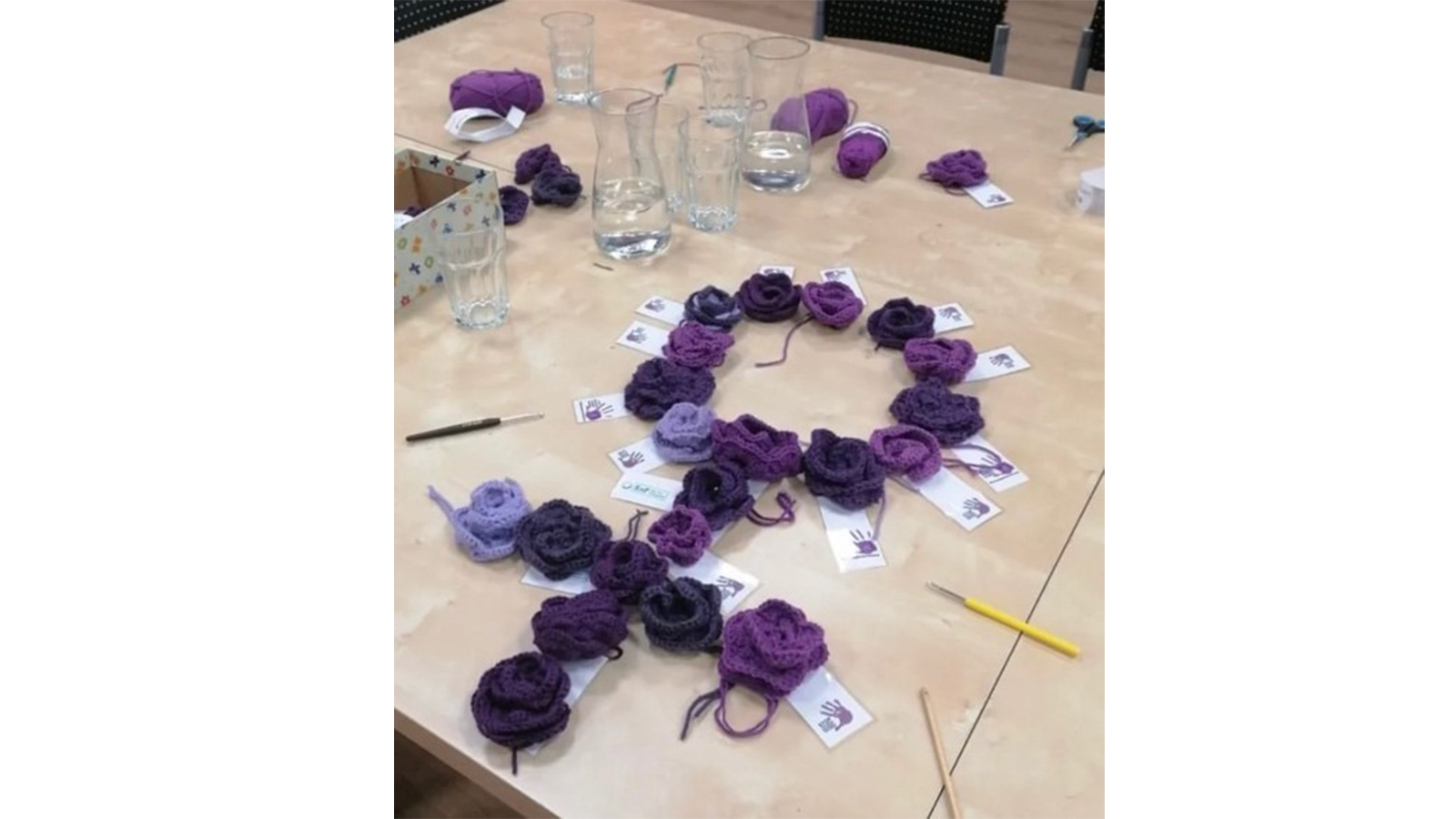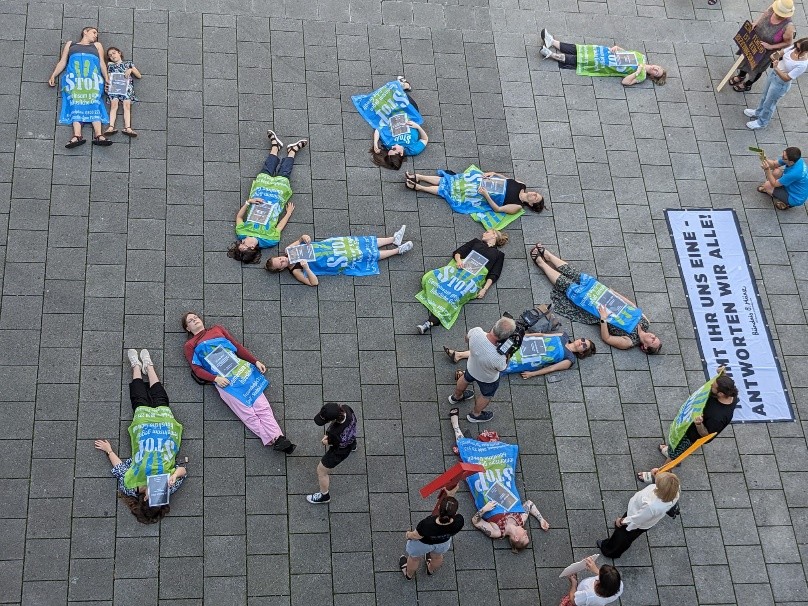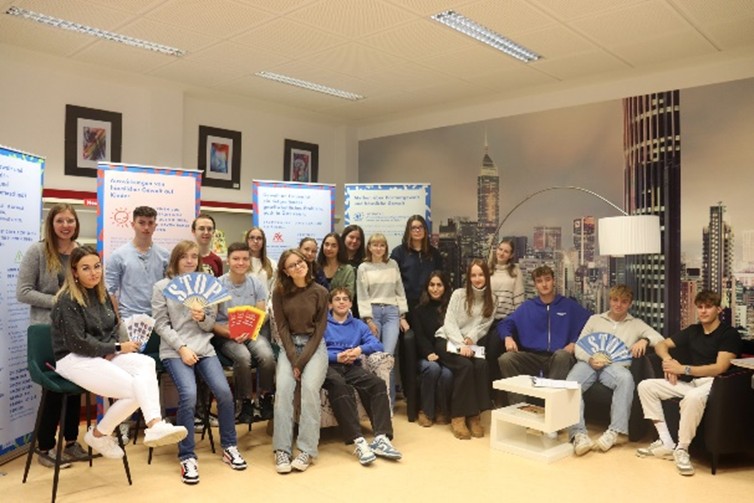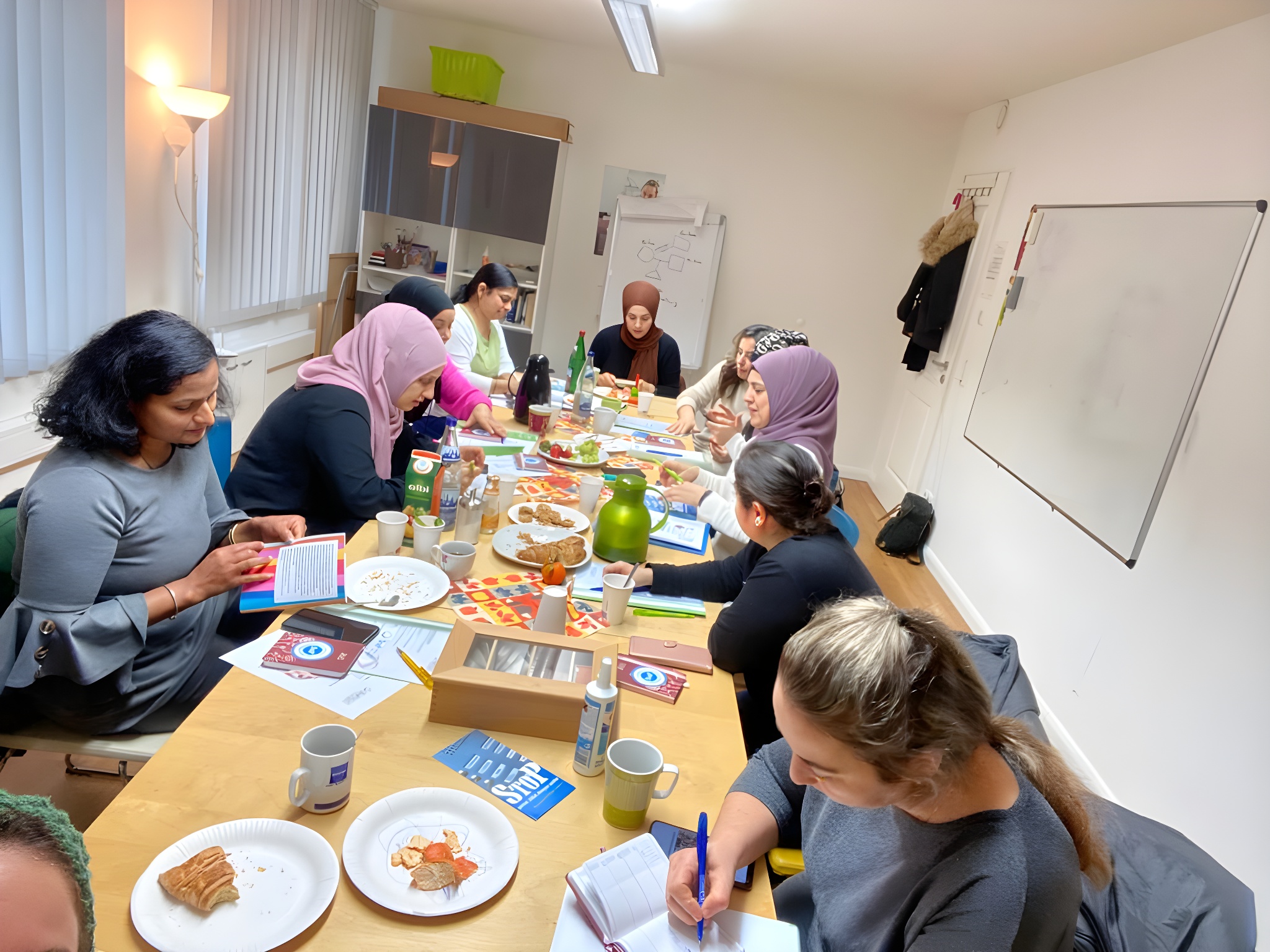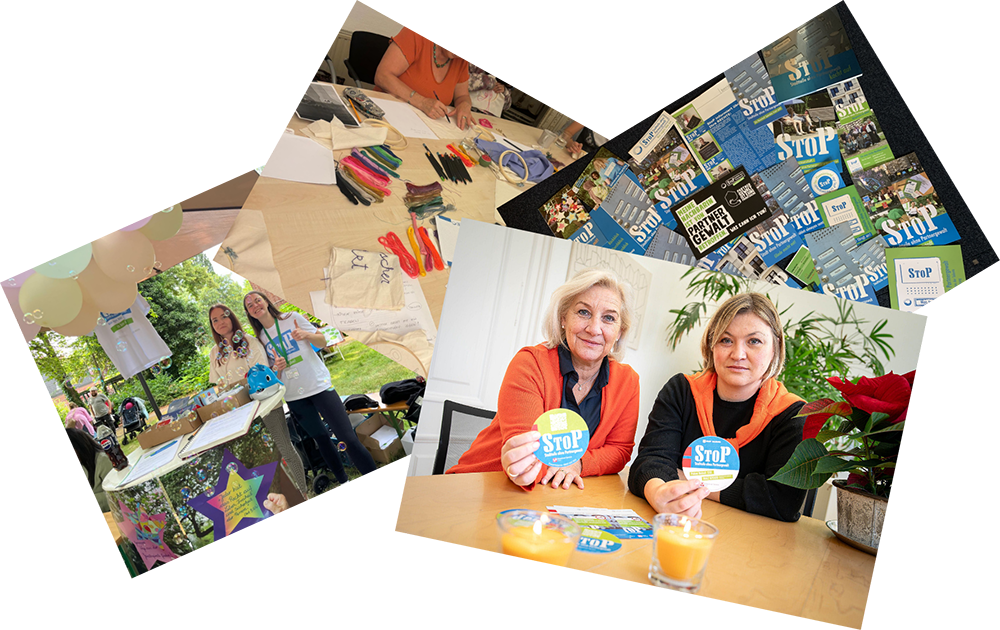Why
At the heart of StoP are StoP community groups, which meet regularly to discuss and take action against partner/domestic violence. In these groups, the role of the StoP organiser is to facilitate the formation of the groups, provide a transfer of resources/knowledge, raise awareness and support self-organisation. For this purpose, and especially for the first few meetings, it can be helpful to prepare different topics for discussion in advance and to educate the group.
What
This resource looks at myths and facts about violence against women prepared for a StoP community group. It encourages discussion and sharing, provides knowledge and prepares participants for public conversations. Other topics could be: shame and guilt, victim blaming, warning signs, women's rights, the Protection Against Violence Act, forms of violence, perpetrators' strategies/violence spiral, civil courage, women's anger, etc.
Objectives
- Dissolve stigma about women affected by violence
- Raise awareness
- Communicate facts and background knowledge
- Preparing for public conversations with others in the neighbourhood
- Forming groups
Facilitators guide
We are all familiar with sayings and slogans that try to justify or trivialise violence against women. They often leave us speechless and we don't know how to react. Therefore, we have collected some common sayings and facts about them in order to have arguments ready (these myths could also be collected first in the group work and then debunked together!). It should be emphasised that the only way to end violence against women is to promote gender equality at a societal and individual level. See downloads for a collection of myths and facts.
Time and people needed
Time: 1,5–3 hours
People: 2–15
Target groups
neighbours, cooperation partners, training participants
Steps/Action
- Welcoming (plan a nice entry round including greeting)
- Introduction of the topic and explaining the procedure
- Collecting myths together and/or present myths on a flipchart
- Collect facts, counter-arguments for the myths
- Prepare the template for giving examples
- Concretise the topic/idea and date for next meeting
- Exit round
Material
Template, Flipchart, paper, pens, chairs (chair circle) or similar suitable setting for group discussions (sofas)
